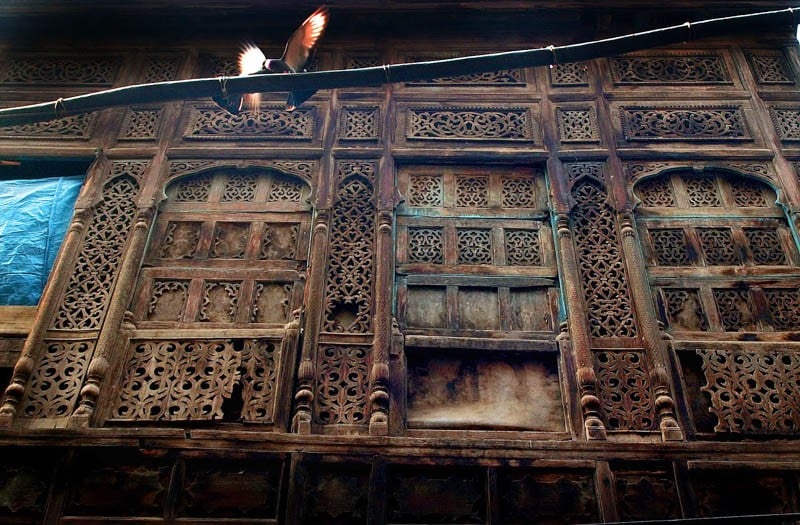

Popularly known as the City of Garden, Lahore also enjoys a rather muted reputation of being the city of sprawling and majestic historical buildings, evidence of eras long past.
However, as the country eagerly embraces commercialisation, many of the old and relatively unknown buildings of Lahore have been quietly brought down and replaced with marketplaces. The process has been even more rapid in the absence of any worthwhile cultural preservation institution in the country.
Haveli Mian Khan, for example, has been reduced to the size of a small apartment. Sarwasti Art School was an expansive institution that covered multiple acres of Nisbat Road. Around the time of the partition, most refugees from India were housed in the premises. The families later acquired legal ownership of the areas of land they lived on and thus came up a mohalla in place of a regal art school. The last remnants of the school were torn down earlier this year.
A similar fate awaited Baithak Kaatibaa’n. Once a hub of master calligraphers, transcribers and book-binders in the Walled City, the building was also taken down and has been replaced with a commercial market.
The loss of heritage and culture is not limited to public buildings. Around the old Lahore, there were numerous private houses inside Delhi Gate, near Kotwali, marked with beautiful and intricate cutwork in the wood. Such houses, unfortunately, are now an increasingly rare sight in the city.
As historical buildings continue to be replaced by modern structures or else they are dwarfed by mass transit routes, one can only lament the fate of the people who find no importance in preserving these small pieces of history.
The milestone on McLeod Road, opposite Moonlight cinema, that told the passersby of the distance by road to Delhi for ages, has now been scraped off.